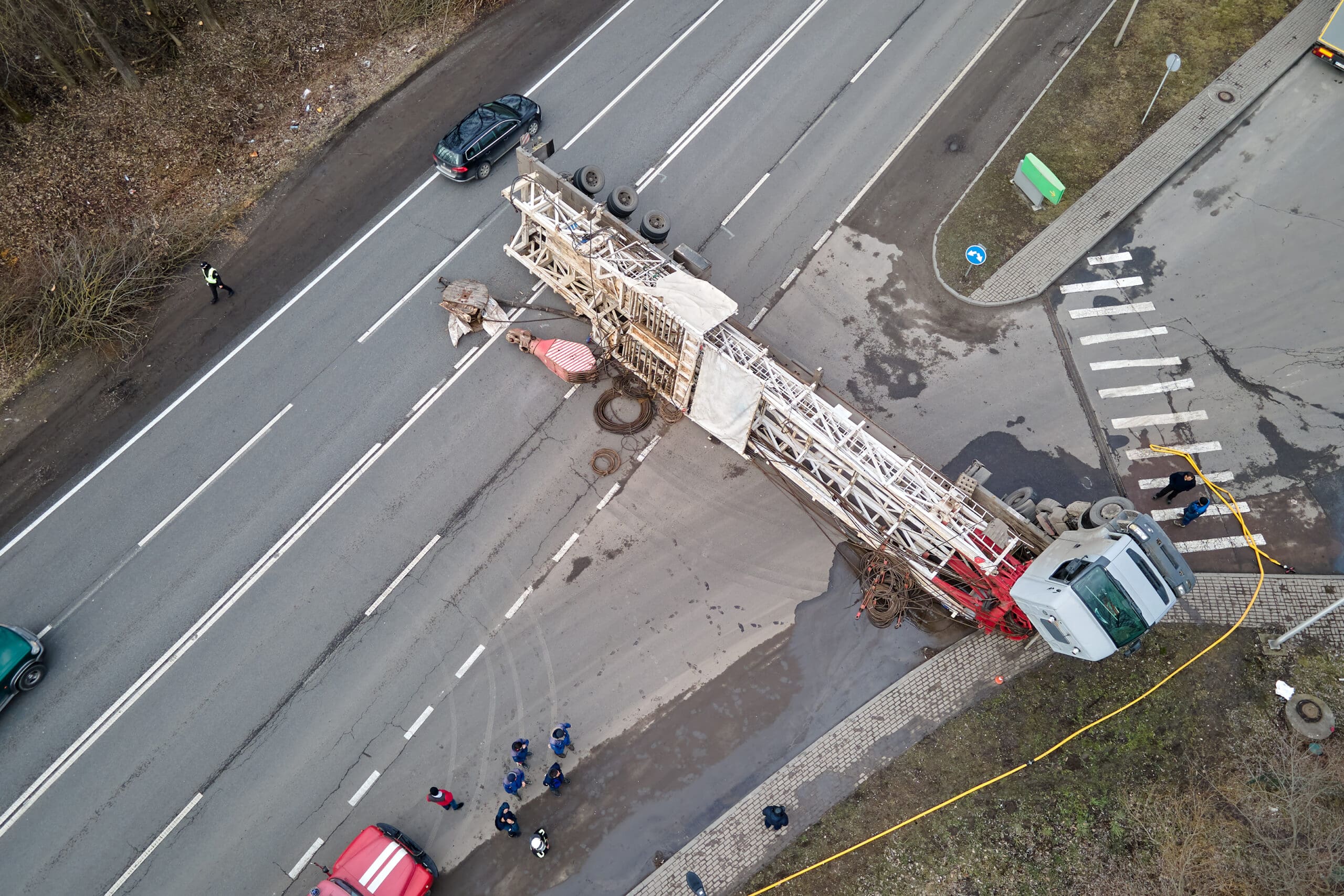How to File an Injury Lawsuit in New York
When you seek compensation for an injury triggered by negligence of a third party, you can start a lawsuit.
Every personal injury case is different and it is difficult to say for sure how long it will take to settle the matter.
However there are a few common litigation landmarks that you must be aware of as the case moves through the system.
The Complaint
A lawsuit starts with a legal document known as the Complaint. It lists your legal claims and the damages you are seeking, and the manner in which the defendant(s) caused your injuries. It also includes the request to set the date of trial.
The complaint is filed in the court, and then served to the defendants. The defendants are given a deadline to file an answer or another response. This is when they deny the allegations in the lawsuit and state their defenses. At this point, your lawyer can also add a counterclaim or a third-party defendant.
Your attorney will back their arguments by citing existing law (including laws or decisions as well as cases from the courts where your case is currently being handled, as well as cases from other jurisdictions). This will help the judge to understand why you believe that the defendant is accountable for your injuries.

Then, we'll draft a Bill of Particulars. It is a legal document that lists your injuries and their total cost, including the expenses of medical bills, lost wages, and other losses in money. We will also prepare a demand for relief that describes the amount you are seeking. The demand is based on the medical treatment that you received and any other evidence you have provided to your lawyer. During the discovery stage which comprises the majority of the litigation timeline we will share information with the defendant by using different legal tools like requests to admit, interrogatories, and requests for the production of documents. We may also request depositions of experts and doctors.
The Notice of Claim
New York law has special rules in cases involving municipalities and other government entities. These rules contain strict deadlines for filing a claim, and strict statutes that limit the time in which an action can be filed. It is essential to speak with an experienced attorney for injuries in these circumstances.
The first step to file a claim against a municipality or other government agency is to file a Notice of Claim. This document must be submitted in written form and notarized. It identifies the person who is making the claim and contains enough details about the incident or accident to help the city agency understand who is responsible for the damages and injuries, as well as the loss. It also identifies a specific amount that the claim is filed.
After the City receives this claim it will acknowledge receipt and assign a claim number it. A Comptroller's Office examiner will be assigned to investigate the claim. They might request additional information from you, or from other sources. If you contact the City about your claim you will be asked to provide your claim number and the name of the examiner assigned to your case. The investigator will determine if the City is accountable for your damages and, if they are it will determine the amount you're entitled to under the law. If you are unable reach an agreement with the city and the city, your case will go to trial.
The Discovery Phase
The Discovery Phase is a key component of any lawsuit as it permits you to collect information and evidence from the opposing party. It can be done through various methods that include written requests (called "discovery letters") and subpoenas. This process of discovery will assist you to build a strong argument and make your case.
The first step in the discovery phase is analyzing the market situation. This is accomplished by a knowledgeable team of project managers who look at the market and its competitors to determine the latest trends, as well as the best solutions for your application.
This research also includes interviews with all stakeholders that could be instrumental in the success of your project. This includes product owners as well as administrators, end-users, and investors. The analysis of the data from these sources will assist your team in determining the main objectives of your project and define how to measure its success.
A well-planned discovery phase will save you time and money. injury claim grand rapids will decrease the amount of changes needed to the final product, remove confusion and provide you with an official scope document which will assist your software partner estimate the development process accurately. This will help you avoid the pitfalls of an undefined budget for your project and delays in launching.
